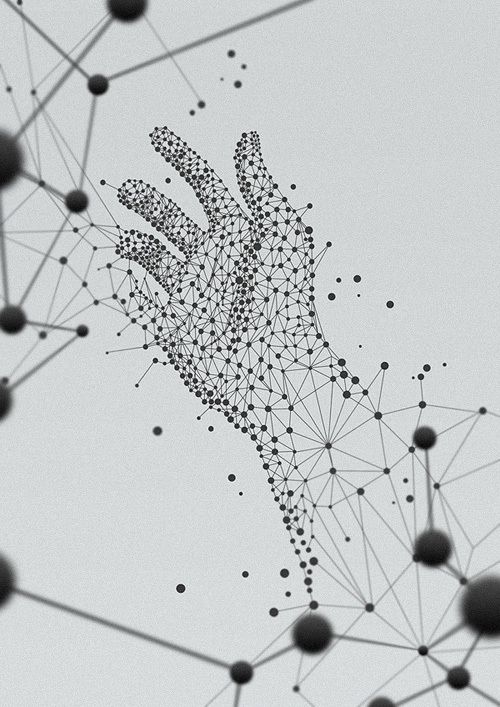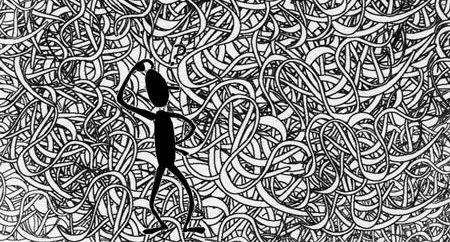The Roles of Designers in Solving Wicked Problems
Posted on October 28, 2017About three or four weeks into this semester, overwhelmed by readings from all classes, two major questions emerged to my mind: why do we name ourselves designers? Why designers are needed to solve social problems while there are so many sociological experts? Later in the program, through the conversations, discussions and debates, I gradually found the answers to my burning questions.

The field of design has always been evolving in response to changes in the economic and social environment. Design has evolved from artistic and craft practices, to design artifacts for production, to the expanded scope of including disciplines such as interaction, experience and service design (Burns et al.). This evolvement leads to the emergence of fields such as strategic design, creative innovation, and service design. In these expanded fields, practitioners are called designers.
How can we, as designers, dare to solve problems which even “experts” failed to solve them? First of all, the problems we are dealing with today, as Rittel puts it, are not “tamed” scientific problems but rather “wicked” social problems that are even hard to be specifically defined (Rittel, 155). While scientific approaches are good at providing elegant solutions, these wicked problems need comprehensive tactics. In fact, according to Rittel, social problems are never solved, they can only be resolved over and over again. Second, to solve wicked social problems, we do need highly specialized people but we also need more lateral connectors. In this case, the roles are designers, who can look into the problem with a system thinking mindset and can understand problems from multiple perspectives. Then, designers can use design as a process, which involves making solutions visual, visible and tangible, to move towards a solution. The roles of designers are vital in terms of facilitating and navigating the process, but we do need to have multiple kinds of intelligence involved (TransDesign Q&A). It is not that designers can solve problems that experts are not capable of solving, but rather to facilitate a collaboration between different expertise towards a better solution.

What we are doing and learning to do in the Transdisciplinary Program are far more complex than talking and writing down our ideas on post-its. In fact, as stated in “Transformation Design” that “all of these demands a holistic approach, a level of systems thinking, a focus on individual behavior, and the orchestration of a range of different design inputs”. Our discussions and debates around system thinking, emergence and open source model are helping us constructing ideologies and theoretical grounds for future research and practices.
What makes today’s problems so complex is that these problems are generated from systems that are built upon even more systems, connected by networks that are flowing non-stoppable. It is very hard to understand a problem because every wicked problem can be considered to be the symptom of another problem (Rittel, 165). In these intertwined and entangled networks, only by thinking in systems can we find out the clues. The ability to differentiate between events, behaviors and structure within a system is crucial. According to Donella Meadows, system structure is the source of system behavior; system behavior reveals itself as a series of events over time. By looking at events, in this context is the seedy and chaotic underbelly, it’s impossible for one to understand the behaviors of a system, let alone to change the behavior of the system; if analyzed on the behavior level, one might be capable to predict near-term performance since behaviors reveal system flows. In order to understand a system, one need to dig into the structure level because that’s where behavior and events flow out (Meadows, 89).
What should be our design inputs while tackling these wicked problems? Contrary to traditional methods of imposing top-down expertise regulations and instructions, we as designers observe individual behaviors and thus design platforms for changes to emerge. In another word, designers are trying to leverage the intelligence of the bottom players, by setting up feedback rules and relationship structures, to design the system. One thing we should bear in mind is that emergence systems might seem unpredictable when look through different timeframes, and it is not unusual that lots of failure happened before we can see the adaptation. It is also our job to remain vigilant and prepared to constantly adjust our designs to help regulate the emergence.
The past few weeks are my first few weeks in Transdisciplinary Design, but they have already shaped my ways of thinking and raised a lot of self-doubts. Surprisingly, feeling upset yet inspired at the same time, I have realized that I am actually very comfortable with working with ambiguity. I look forward to the coming discussions around transdisciplinary design and I’m sure the experience will only get better.
Yuxin Cheng
References
Burns, Colin, et al. “Transformation Design.” Red Paper , no. 02, 1 Feb. 2016, pp. 1–33., www.designcouncil.org.uk.
Rittel, Horst W.J., and Melvin M Webber. “Dilemmas in a General Theory of Planning.” Policy Sciences, no. 4, 1973, pp. 155–169.
“TransDesign Q&A.” Transdisciplinary Design, sds.parsons.edu/transdesign/faqs/.
Meadows, Donella H., and Diana Wright. “Chapter Four: Why Systems Surprise Us.” Thinking in Systems: a Primer, Chelsea Green Publishing, 2015.